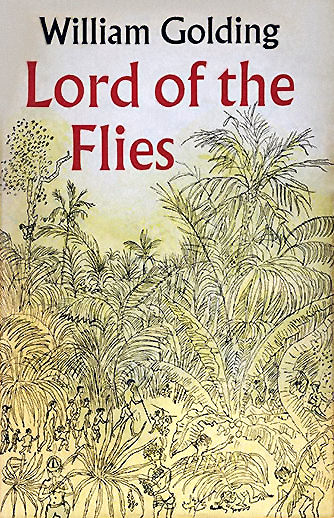Introduction to Lord of the Flies

Lord of the Flies was first published in 1954 by William Golding, an English writer. It took awhile to gain wide readership, but by the 1960s it was a big success and Golding was off on his writing career that would include a Nobel Prize for Literature in 1983. According to the prize committee, Golding's novels "illuminate the human condition of the world today."
This particular novel is about what happens when a bunch of young boys are stranded on an island and left to fend for themselves. Lord of the Flies is an allegory (essentially a story with a moral), about...well, people can't seem to decide exactly what. It's either about the inherent evil of man, or psychological struggle, or religion, or human nature, or possibly all of the above. The book reflects the author's feelings on war (he was in the Navy during WWII); like many people throughout the world, the horrors of the Holocaust made Golding question how good humans are, inherently.
The whole boys-being-stuck-on-an-island thing is nothing new, and it seems Golding used this scenario to respond to another novel, The Coral Island, written by R.M. Ballantyne in 1857. The Coral Island depicts some white, European boys who end up on an island and use Christianity to "conquer" the "heathen ways" of the Polynesian natives. Naturally, this was a huge success in Victorian England. Golding read it and got all fired up, and wrote Lord of the Flies using many of the same names for his characters that Ballantyne did. Unlike The Coral Island, Lord of the Flies shows the British boys as savage.
Sources
http://www.shmoop.com
http://en.wikipedia.org/wiki/File:LordOfTheFliesBookCover.jpg
http://www.youtube.com/watch?v=zvmi3oZ_vH8
Last modified: Friday, May 21, 2010, 10:06 PM